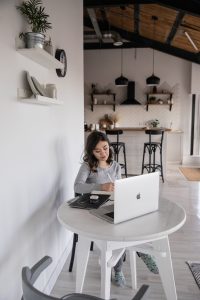Lesson 2 development
So many things in a day

Introduction (contextualisation)
![]() 5 mins
5 mins ![]() Teacher-Learners
Teacher-Learners
Discussion about learners’ routine.
![]() 5-10 mins
5-10 mins ![]() Learners-Learners
Learners-Learners
In small groups, learners compare their daily routines to identify 3 similarities and 3 differences.
![]() 5 mins
5 mins ![]() Teacher-Learners
Teacher-Learners
Groups share their information with the whole class.
Introduction (prior knowledge)
![]() 5-10 mins
5-10 mins ![]() Learners-Learners
Learners-Learners
Still in groups, learners brainstorm possible uses and combinations with the verbs be, get, have, put and take in the context of daily/routine activities. They are only expected to make these relationships based on their previous knowledge – without using corpora at this stage.
![]() 5 mins
5 mins ![]() Teacher-Learners
Teacher-Learners
Groups share some possible combinations with the whole class.
Development (corpus research)
![]() 15 mins
15 mins ![]() Teacher-Learners
Teacher-Learners
Learners get to know how to use SKELL (reading concordance lines and understanding the word sketch function). Remember that word sketch only works with single words.
![]() 20 mins
20 mins ![]() Learners-Learners
Learners-Learners
In pairs or groups of three, learners use SKELL to search for possible combinations with the verbs be, get, have, put and take.
![]() 5-10 mins
5-10 mins ![]() Teacher-Learners
Teacher-Learners
Pairs or trios share the combinations found with the whole class. The meanings of the combinations are discussed.
Application (use in sentences)
![]() 5 mins
5 mins ![]() Learners-Learners
Learners-Learners
Still in pairs or trios, learners discuss which combinations apply to each others’ daily routines.
![]() 10 mins
10 mins ![]() Individual
Individual
Learners use these combinations to write sentences that describe their daily routine/activities.
Conclusion (discussion)
![]() 10 mins
10 mins ![]() Teacher-Learners
Teacher-Learners
Learners share some of their sentences with the whole class to identify peers who have done the same activity.
Teacher provides learners with feedback and discusses their opinions in the class and SKELL.
Assessment
Teacher assesses learning based on learners’ participation during class, the combinations they found on SKELL and the sentences they have written at the ‘application stage’.

